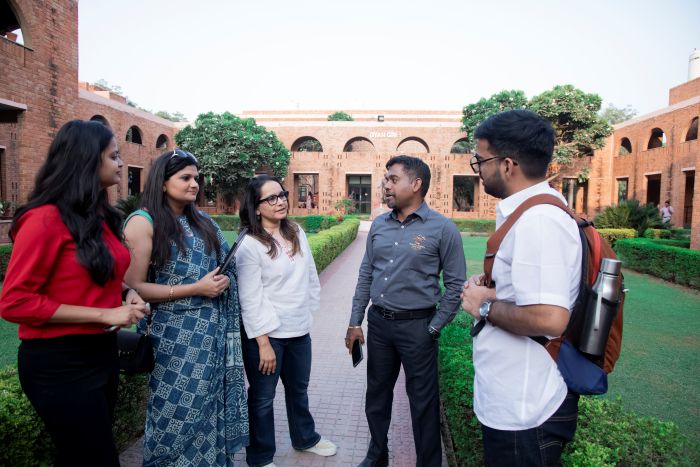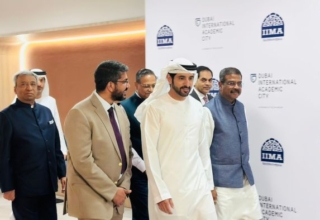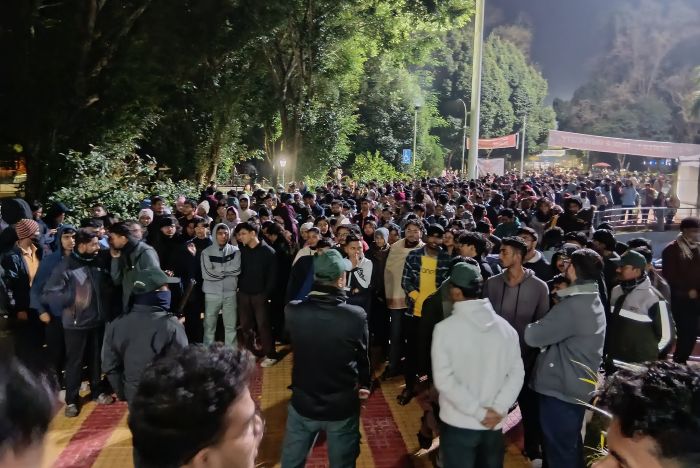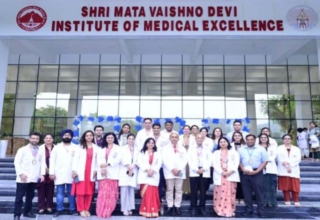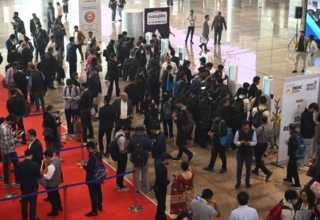
As one of our authors in our April edition and several others have put it, the accelerated evolution towards online or Internet enabled mode of education by the Covid19 pandemic has been a ‘future brought to present’ kind of event that is occurring despite our unpreparedness or in contravention of organic evolution rules. If communication technologies, connectivity and programmed devices were not there, the disruption would have been catastrophic and one full academic year could have been lost. So, because of the all three, that situation has been averted and we must thank the human quest, spirit and staggered progress of explorations, inventions, innovations and industrialization—very intricately connected to academic world and its processes.
At the same time, the acclimatization to digital or more precisely online mode is itself painful as is evident from the experience of last two months and needs more time and intervention to get normalized. It is fashionable to call it new normal, but the fact is even the best of techno savvy parents have gone nuts, the competencies of teachers have been exposed, children are receiving overdoses of infotainments and yet there is the other side of this wall where lives have been shattered, people are walking hundreds of miles, some have phones but not always smart, some don’t have and a lot don’t have money even to recharge mobiles. It is a kind of melancholy and confused order but again natural and will settle to acceptable level on a future date, hopefully sooner than later.
This world has always been uneven and therefore equity and access are objectives which many societies and nations haven’t yet achieved. At least theoretically, it is being considered that a proviso of equal educational opportunities is achievable with policy interventions and laws. And that was the underlying belief for UNESCO’s Education for All and now Sustainable Development Goals (SDGS). However, what the present pandemic and compulsion to go fully online has done is that it has made digital divide itself so wide that forget about closing the gap, there is now requirement of more bridges and their varieties than we could possibly think.
The policy makers, providers and administrations must always keep basics of learning/teaching process in mind. You can’t just drown down the wisdom that socialization is best way to learn, peer learning is a science and emotional quotient is also proportion to these two. Schooling and learning, which until now were viewed inseparable as there was no need to see them separately has to be understood differently now. Some schooling process in online learning will be required to make the transformation effective in the long run.
As of now CIET (Central Institute of Educational Technology) of NCERT and various other academic bodies under union ministry of HRD have increased their effort and are relying on TV to deliver lessons through a set of channels (Swayam Prabha) but it is miserably failing to engage young children (K-12) segment. Standalone or productions on some specific topics that these departments produced had an audience in the past and at best a complement and a statutory requirement. But delivering to a restive lot needs a lot of newer approach and not just false hopes.


